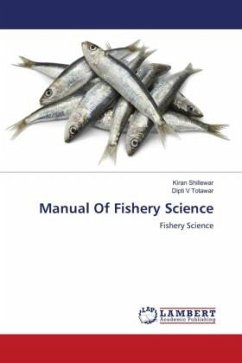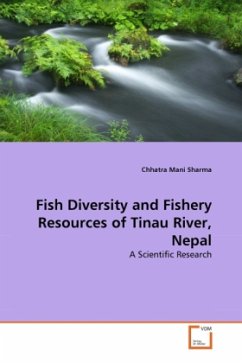
Krill Fishery
Versandkostenfrei!
Versandfertig in 6-10 Tagen
30,99 €
inkl. MwSt.

PAYBACK Punkte
15 °P sammeln!
The Krill fishery is the commercial fishery of krill, small shrimp-like marine animals that live in the oceans world-wide. Estimates for how much krill there is vary wildly, depending on the methodology used. They range from 125 725 million tonnes of biomass globally. The total global harvest of krill from all fisheries amounts to 150 200,000 tonnes annually, mainly Antarctic krill (Euphausia superba) and North Pacific krill (E. pacifica). Krill are rich in protein (40% or more of dry weight) and lipids (about 20% in E. superba). Their exoskeleton amounts to some 2% of dry weight of chitin. Th...
The Krill fishery is the commercial fishery of krill, small shrimp-like marine animals that live in the oceans world-wide. Estimates for how much krill there is vary wildly, depending on the methodology used. They range from 125 725 million tonnes of biomass globally. The total global harvest of krill from all fisheries amounts to 150 200,000 tonnes annually, mainly Antarctic krill (Euphausia superba) and North Pacific krill (E. pacifica). Krill are rich in protein (40% or more of dry weight) and lipids (about 20% in E. superba). Their exoskeleton amounts to some 2% of dry weight of chitin. They also contain traces of a wide array of hydrolytic enzymes such as proteases, carbohydrases nucleases and phospholipases, which are concentrated in the digestive gland in the cephalothorax of the krill. Most krill is used as aquaculture feed and fish bait; other uses include livestock or pet foods. Only a small percentage is prepared for human consumption. Their enzymes are interesting formedical applications, an expanding sector since the early 1990s.












